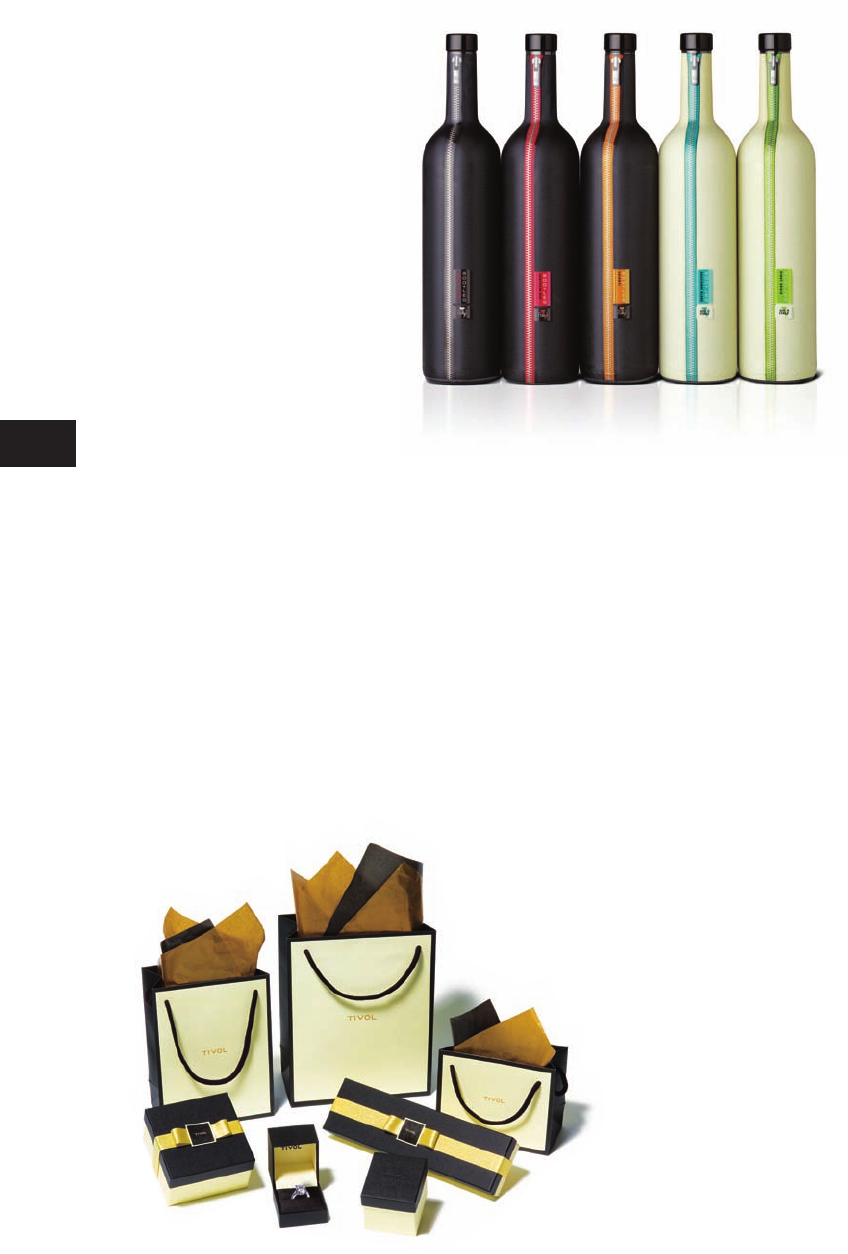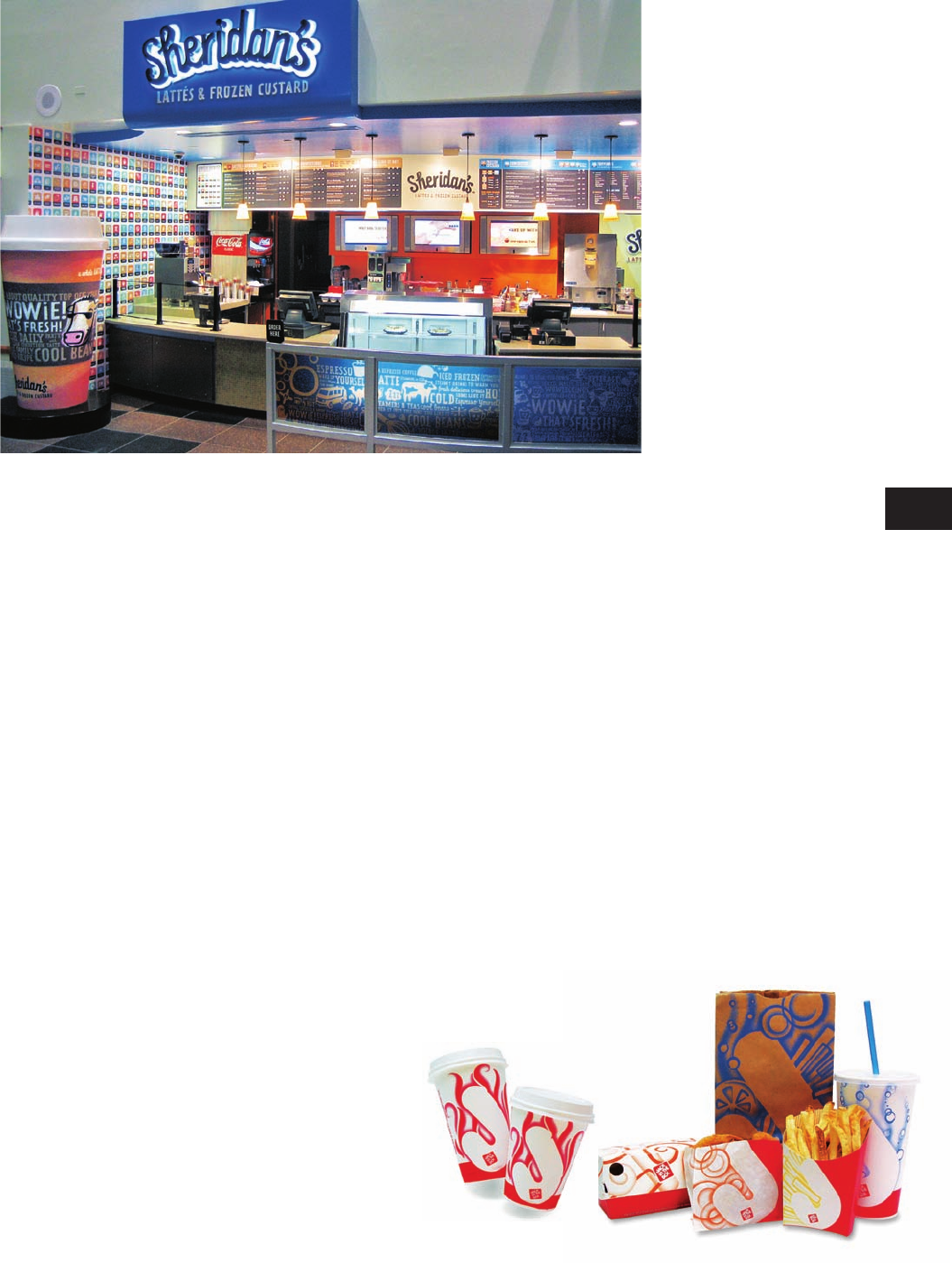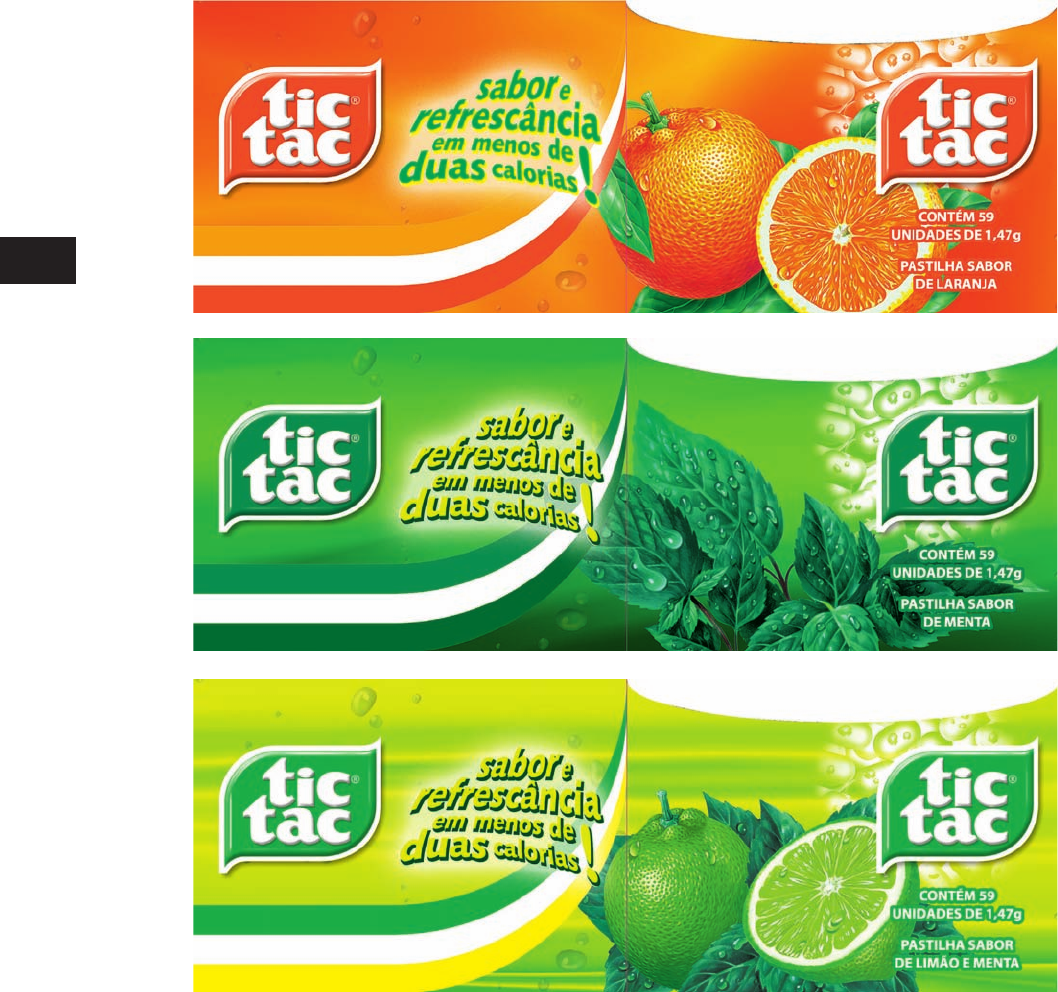
The Complete Graphic Designer
156
To develop and design a successful brand, the graphic
designer must thoroughly research every aspect of
the product, service, or company. Unlike corporate
identity work in which design is primarily dictated by
input from upper management, employees, and repre-
sentatives, branding must involve feedback from the
target market or audience. Some companies think they
understand their market—which messages are most
relevant, and which type of graphics are most appeal-
ing—but may have no empirical data to support those
assumptions. Proper market research will determine
customers’ true opinions and impressions of a brand
and what preferences ultimately entice them to buy a
product or service.
Market Research
Market research is a valuable task that gathers and
evaluates market conditions and preferences. Thorough
and complete market research, which can include
face-to-face interviews, surveys about the brand, focus
groups, or mystery shoppers, can be an expensive and
Defi ning the
Brand’s Audience
Consumers gravitate toward
products with simple graphics.
Upon closer examination, the
viewer fi nds that these wine bottles
appear to be zipped, playing off of
the brand name, Bootleg. Novelty
design ideas like this often entice
new customers.
Design: Turner Duckworth
The use of black and gold combined
with s
ophisticated typography con-
veys luxury to consumers, allowing
this jeweler to demand higher prices
for products.
Design: Willoughby Design
TB
Provision-Complete Graphic Designer
CD109-59/4028
1st
proof
CGD p144-192_Text file_.indd 156CGD p144-192_Text file_.indd 156 1/20/09 3:24:06 PM1/20/09 3:24:06 PM

Branding
157
time-consuming endeavor, so generally only large ad
agencies or creative fi rms have the resources to take
on these complex tasks. To combat this, smaller design
fi rms or freelance graphic designers will sometimes
partner with a larger agency or hire an outside market-
ing fi rm to help conduct any necessary research. There
are, however, many ways of conducting research that
are less costly and can be done by even one person and
many are outlined in the book, A Graphic Designer’s
Research Guide. Regardless of the client’s or designer’s
resources, it is important to conduct as much research
as possible; the results will always be well worth the
time invested.
Types of Market Research:
1. Surveys and Interviews
Specifi c information about a potential customer’s per-
ceptions and opinions of a brand can be collected and
analyzed through surveys and face-to-face interactions.
2. Focus Groups
Customers with similar attributes such as age, ethnic-
ity, or income are paid a small fee to meet and discuss
a particular product and its features, packaging, and
advertising. Because these encounters are usually re-
corded on video, the people being interviewed may not
respond as honestly as they would in an actual shop-
ping experience, but still provide valuable information.
3. Mystery Shopping
The only way to gather true feedback regarding a cus-
tomer’s shopping habits and preferences is to observe
them in an actual retail environment. Mystery shoppers
are paid professionals who visit stores unannounced
and observe the behavior of customers and employees.
4. Usability Testing
Product packaging and design are determined through
usability testing. Usability testing involves the use
of focus groups comprised of people from various
demographics to use a product and then remark on a
product’s packaging or design, including its aesthetic
and functional qualities. This is a good way to ensure
that brands live up to their promises of ease of use,
performance, and quality.
The fi nal brand for Sheridan’s
involved the input of customers
and company executives in order
to convey the messages of fun,
hip, and cool.
Design: Willoughby Design
Jack in the Box fast-food restau-
rants use red to suggest fl ames
and heat, orange to represent good
food, and blue on their beverage
containers to infer the sensations
of cool and refreshing.
Design:
Hornall Anderson Design Works
TB
Provision-Complete Graphic Designer
CD109-59/4028
1st
proof
CGD p144-192_Text file_.indd 157CGD p144-192_Text file_.indd 157 1/20/09 3:24:15 PM1/20/09 3:24:15 PM

The Complete Graphic Designer
158
For TicTac packaging used in South
America, a predominantly orange
container is used to denote orange
fl avor, green for mint, and yellow
with green streaks for lemon-lime.
When used in conjunction with im-
ages suggestive of key ingredients,
fl avor is quickly and effectively
communicated to consumers.
Design: UltraDesign
TB
Provision-Complete Graphic Designer
CD109-59/4028
1st
proof
CGD p144-192_Text file_.indd 158CGD p144-192_Text file_.indd 158 1/20/09 3:24:17 PM1/20/09 3:24:17 PM
Get The Complete Graphic Designer now with the O’Reilly learning platform.
O’Reilly members experience books, live events, courses curated by job role, and more from O’Reilly and nearly 200 top publishers.

